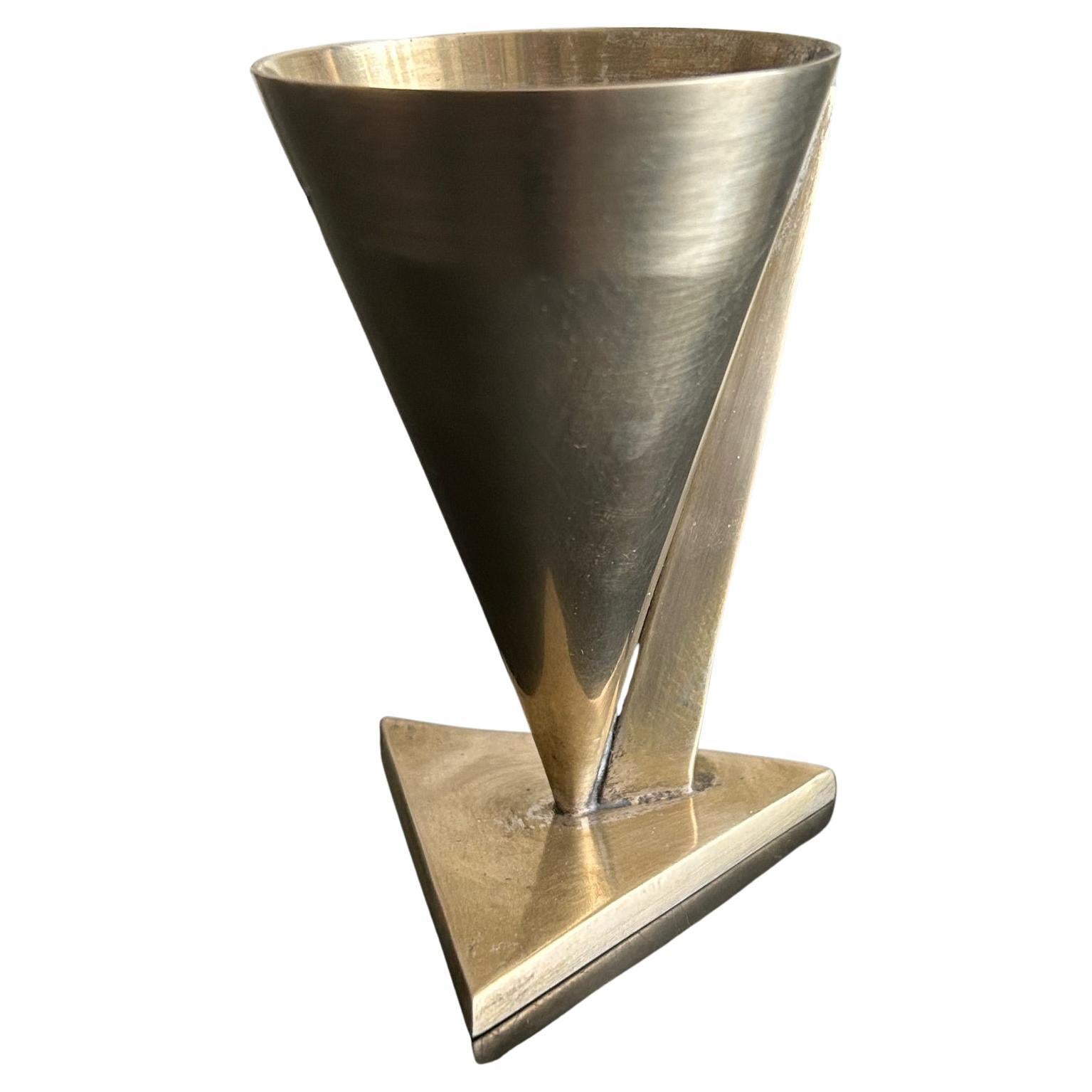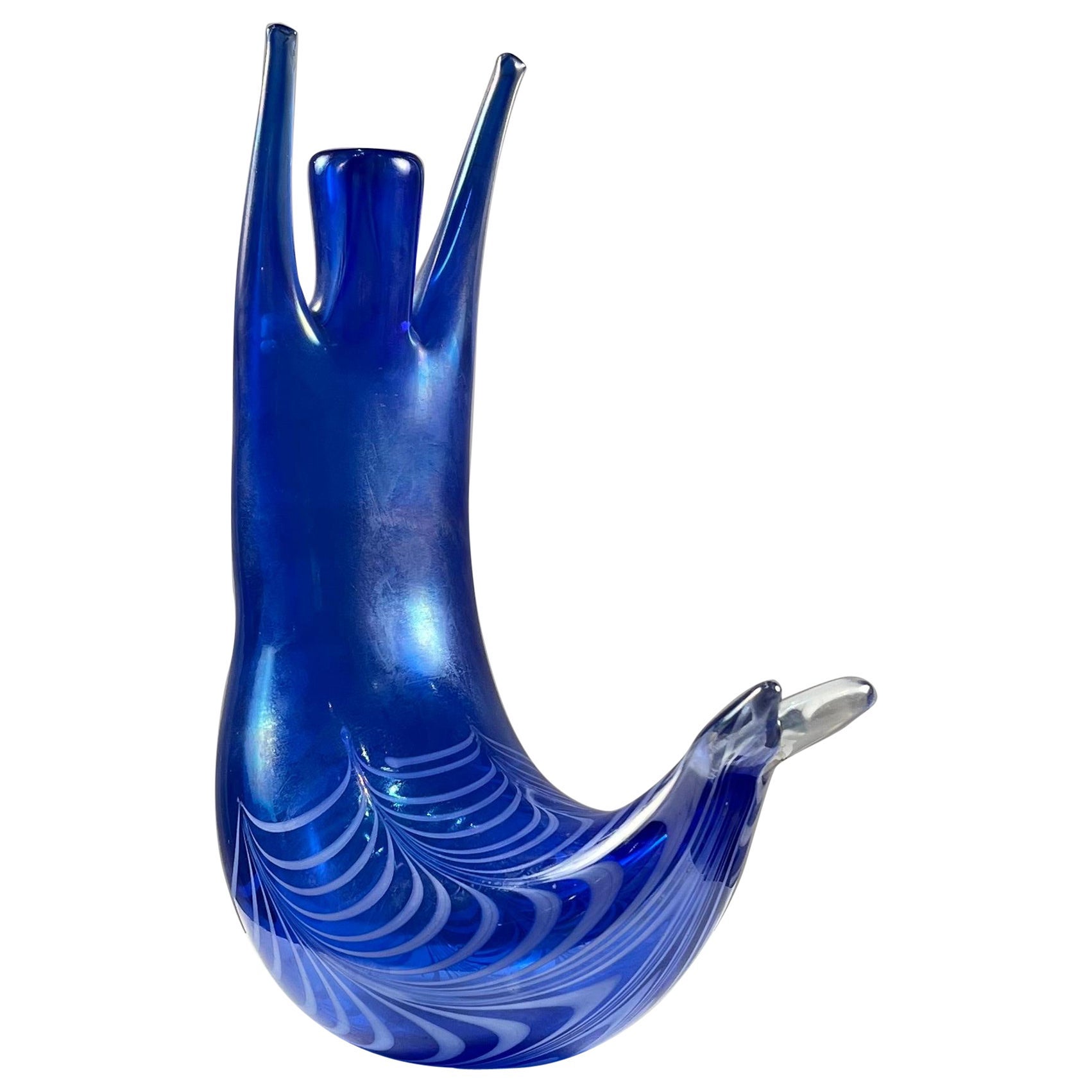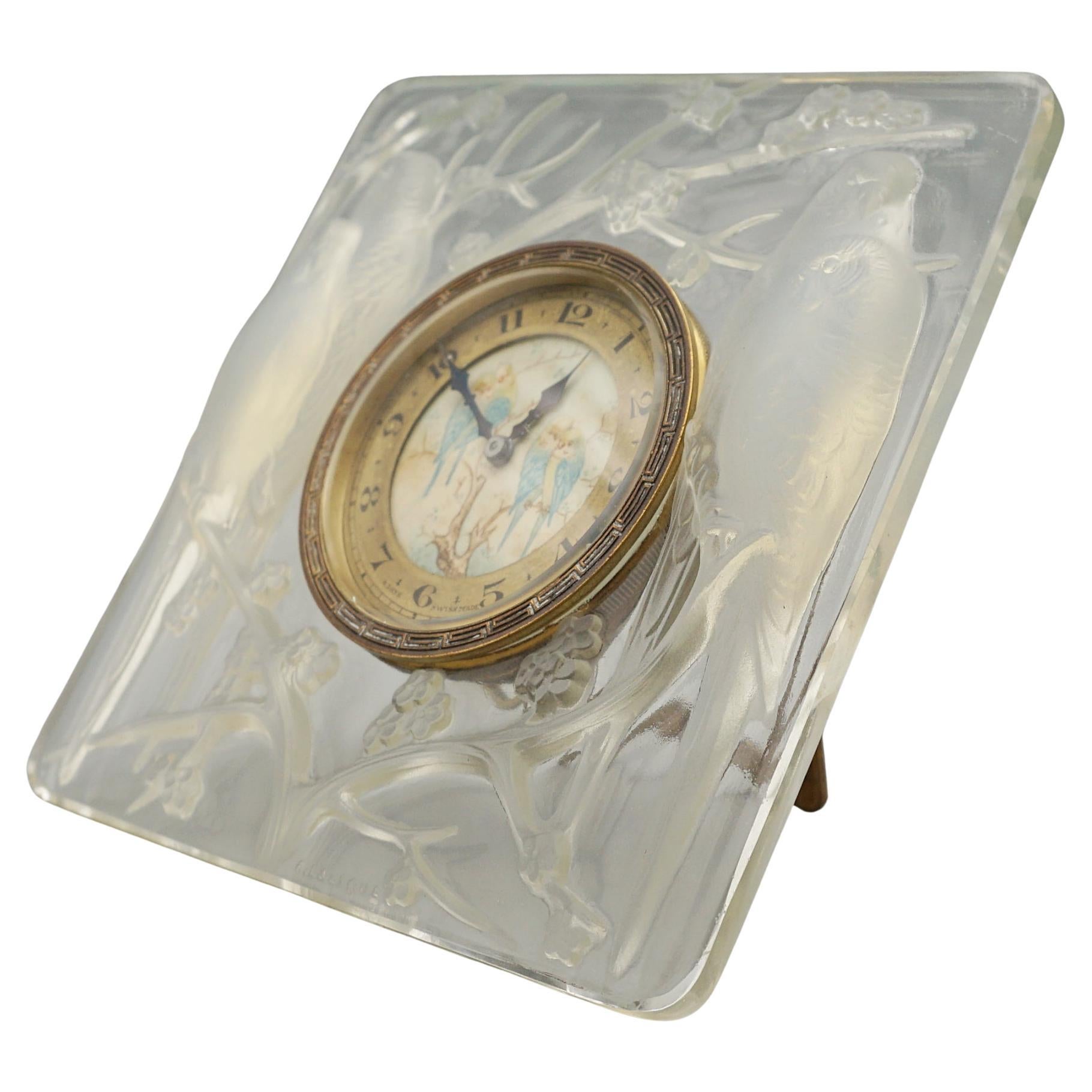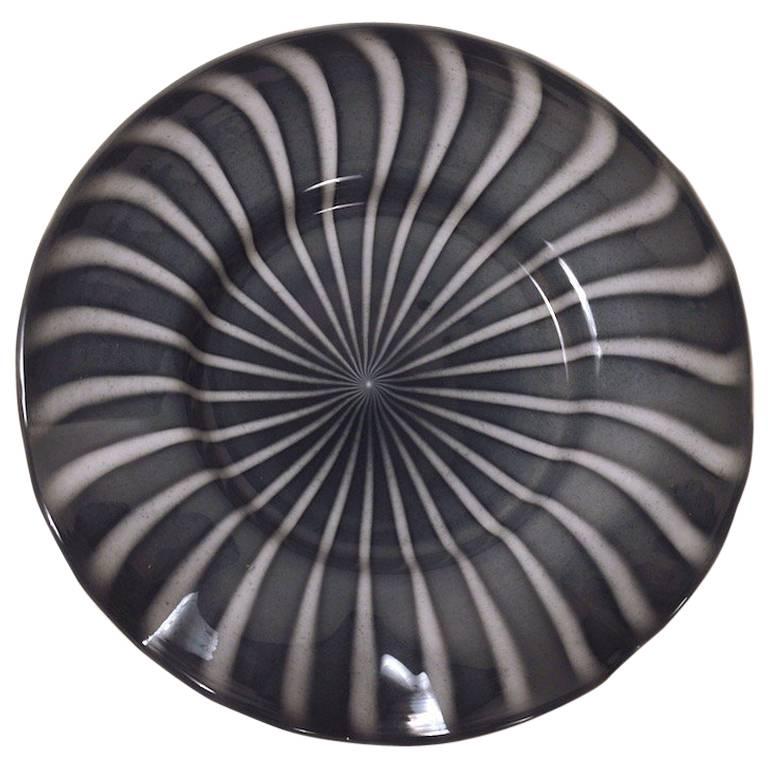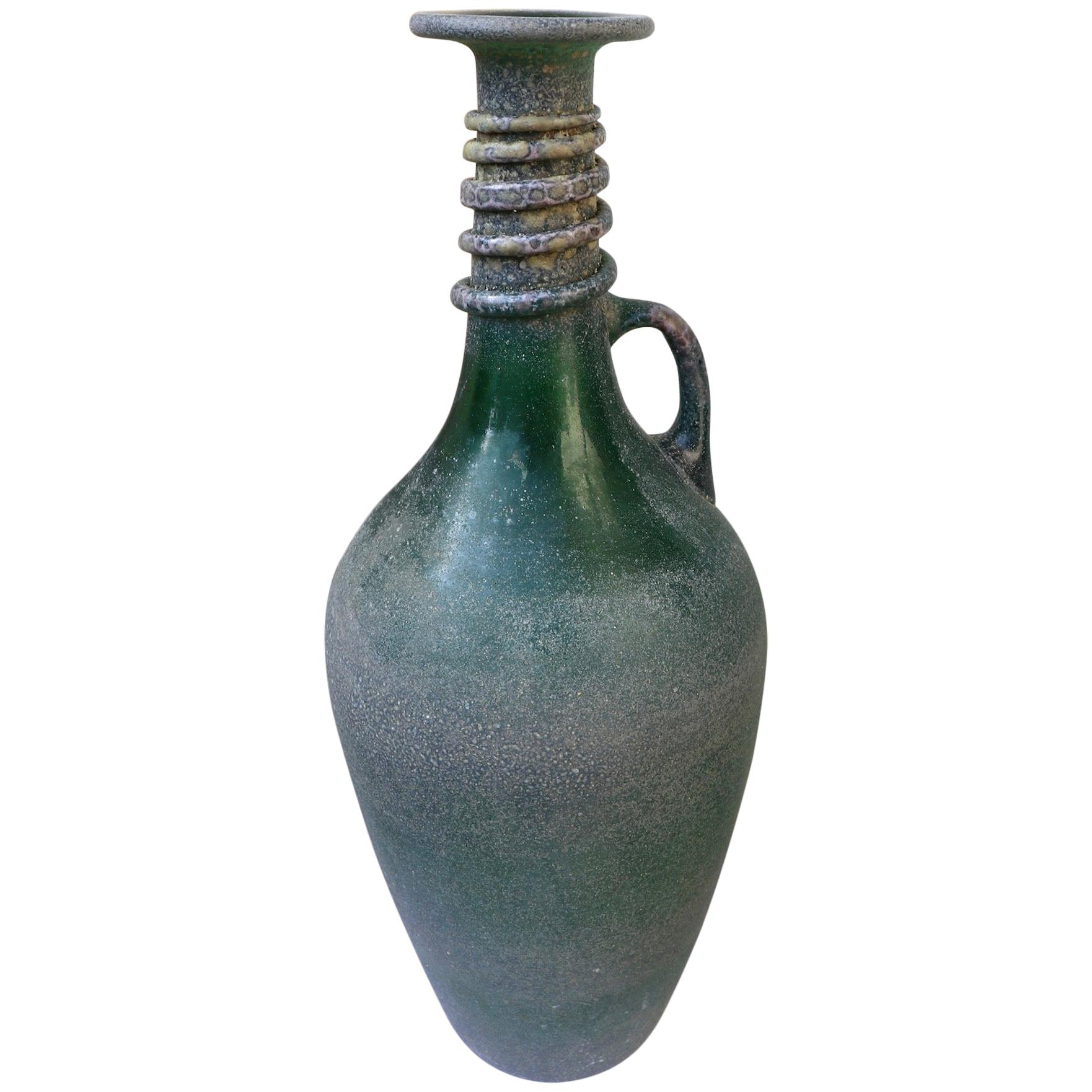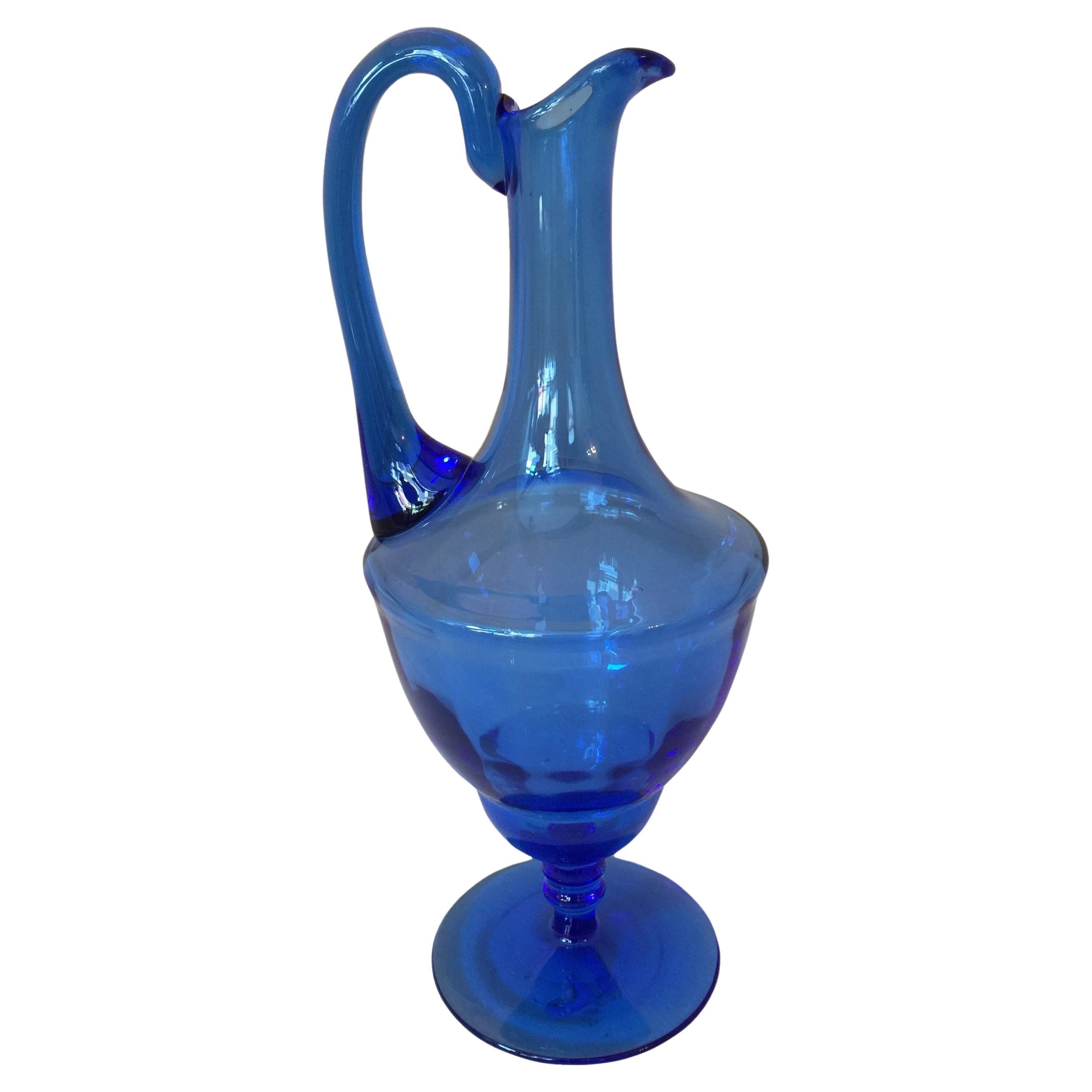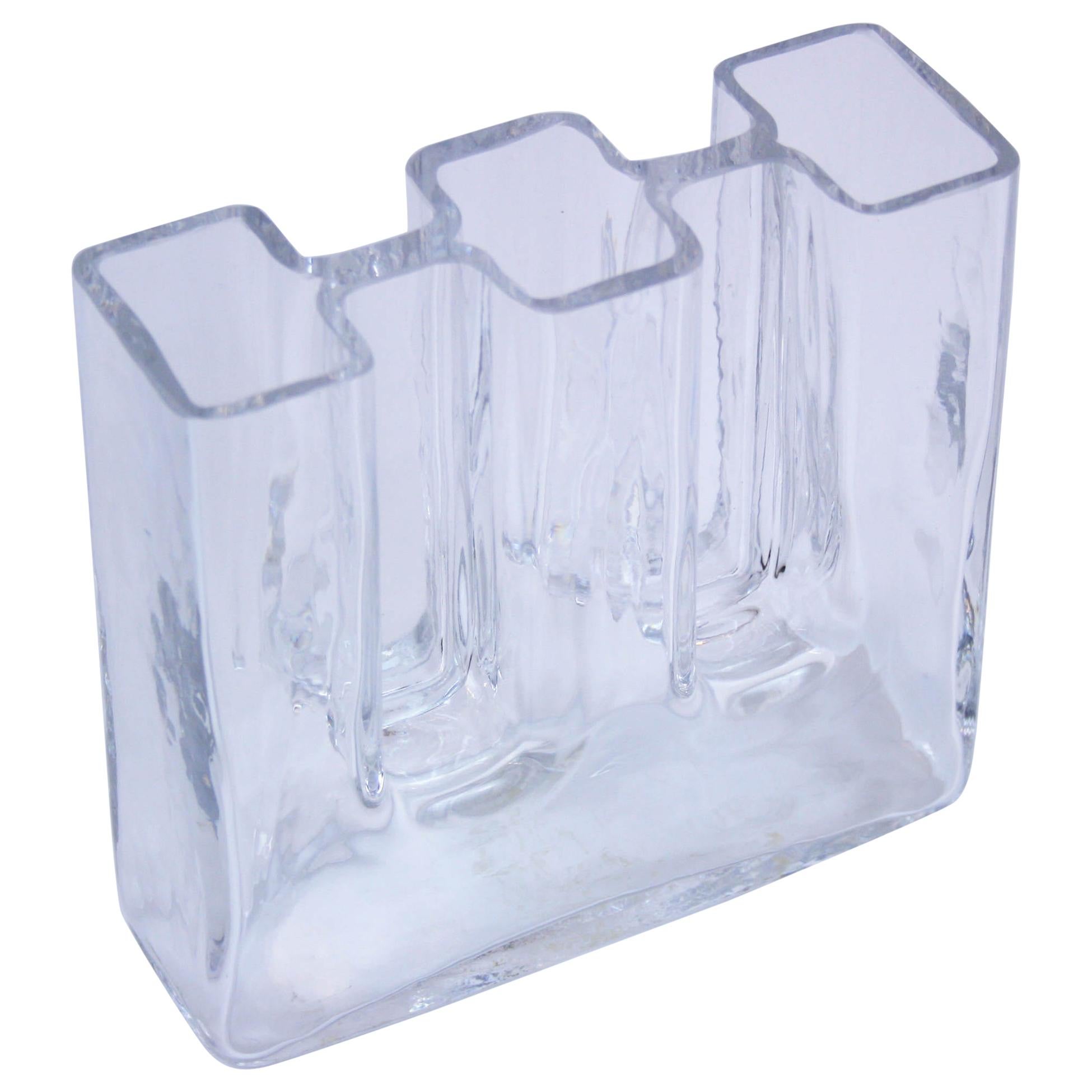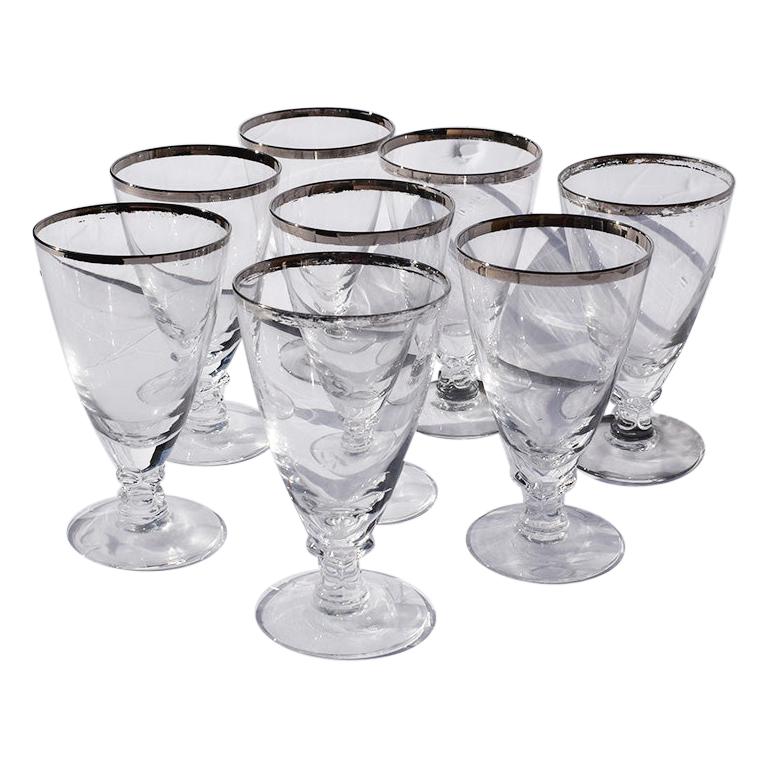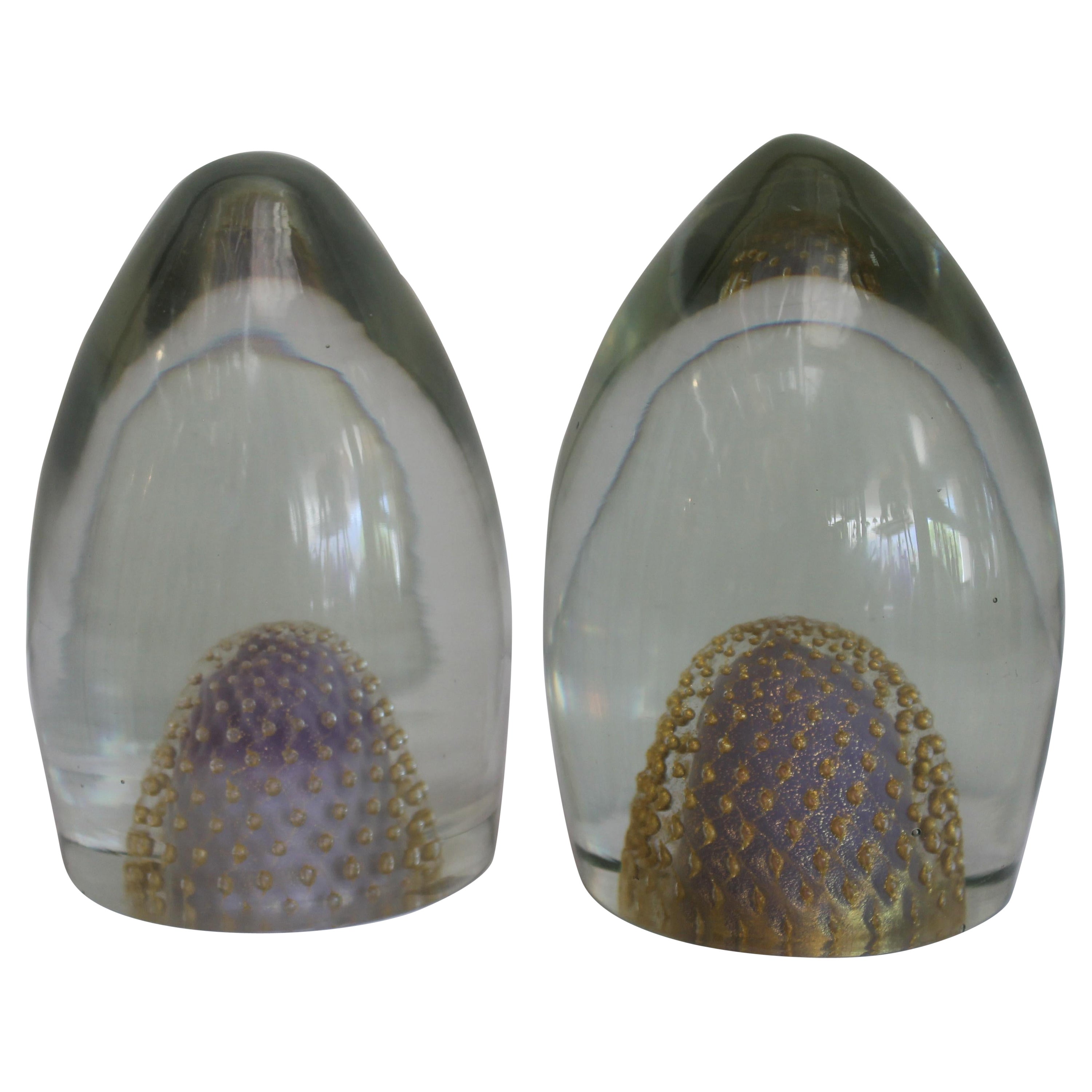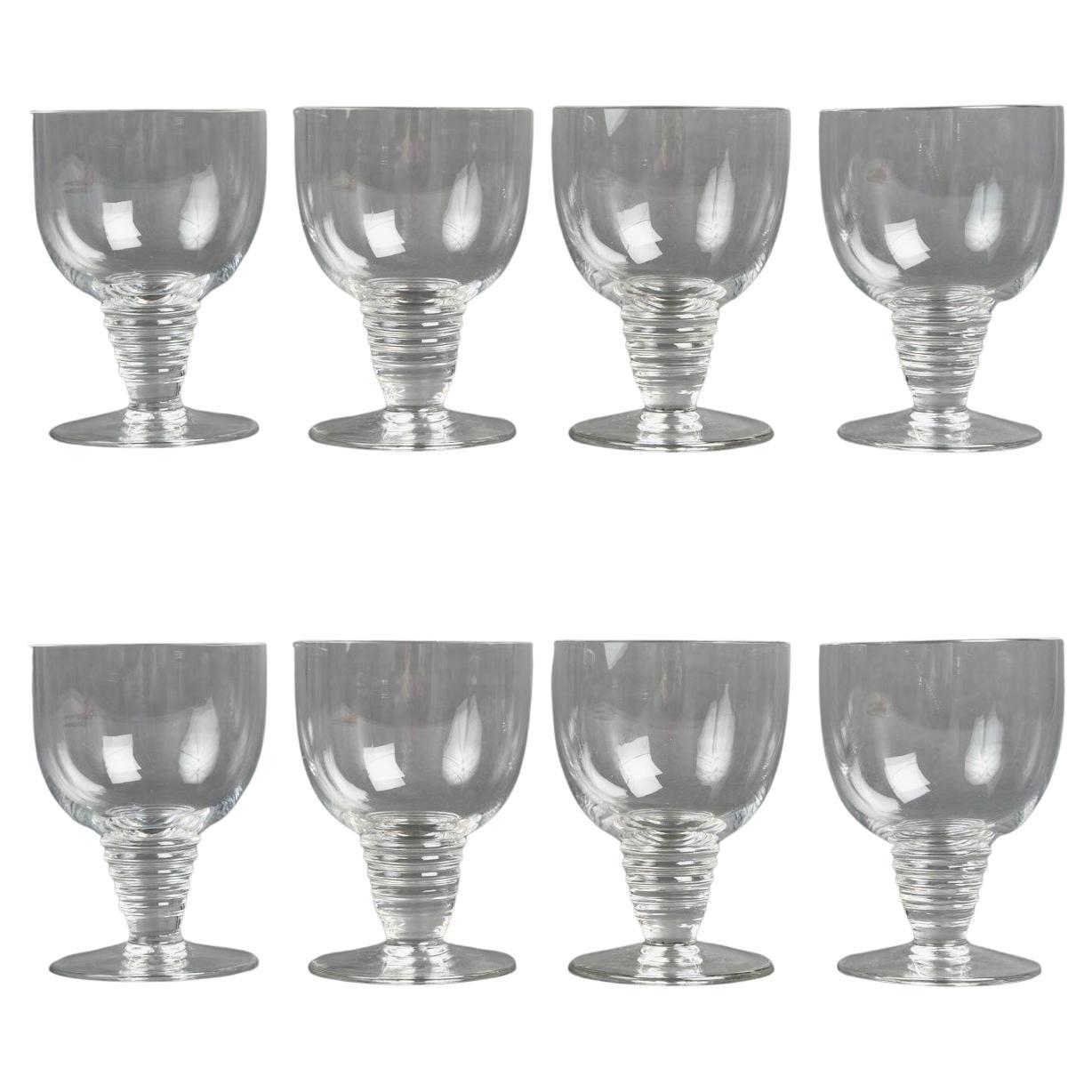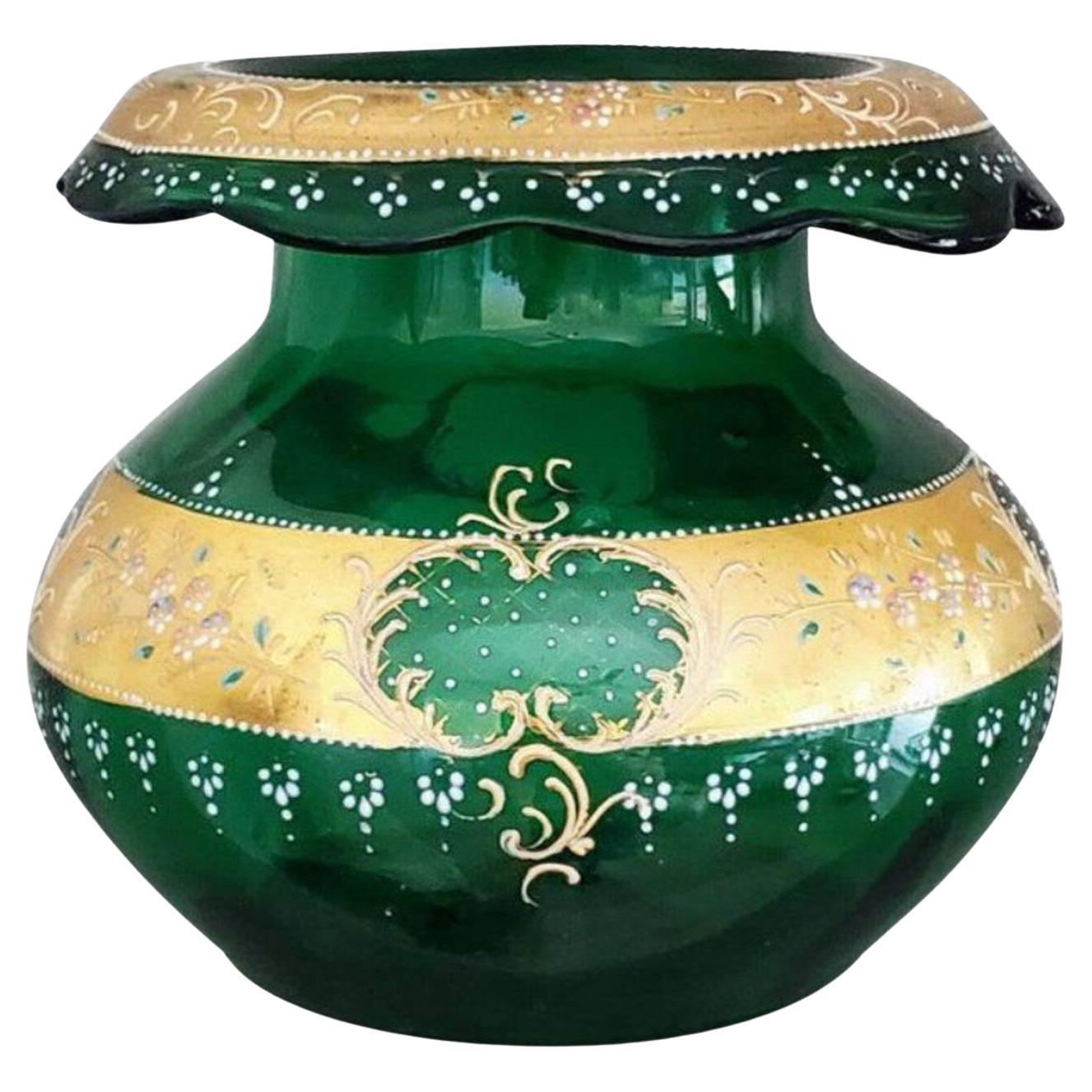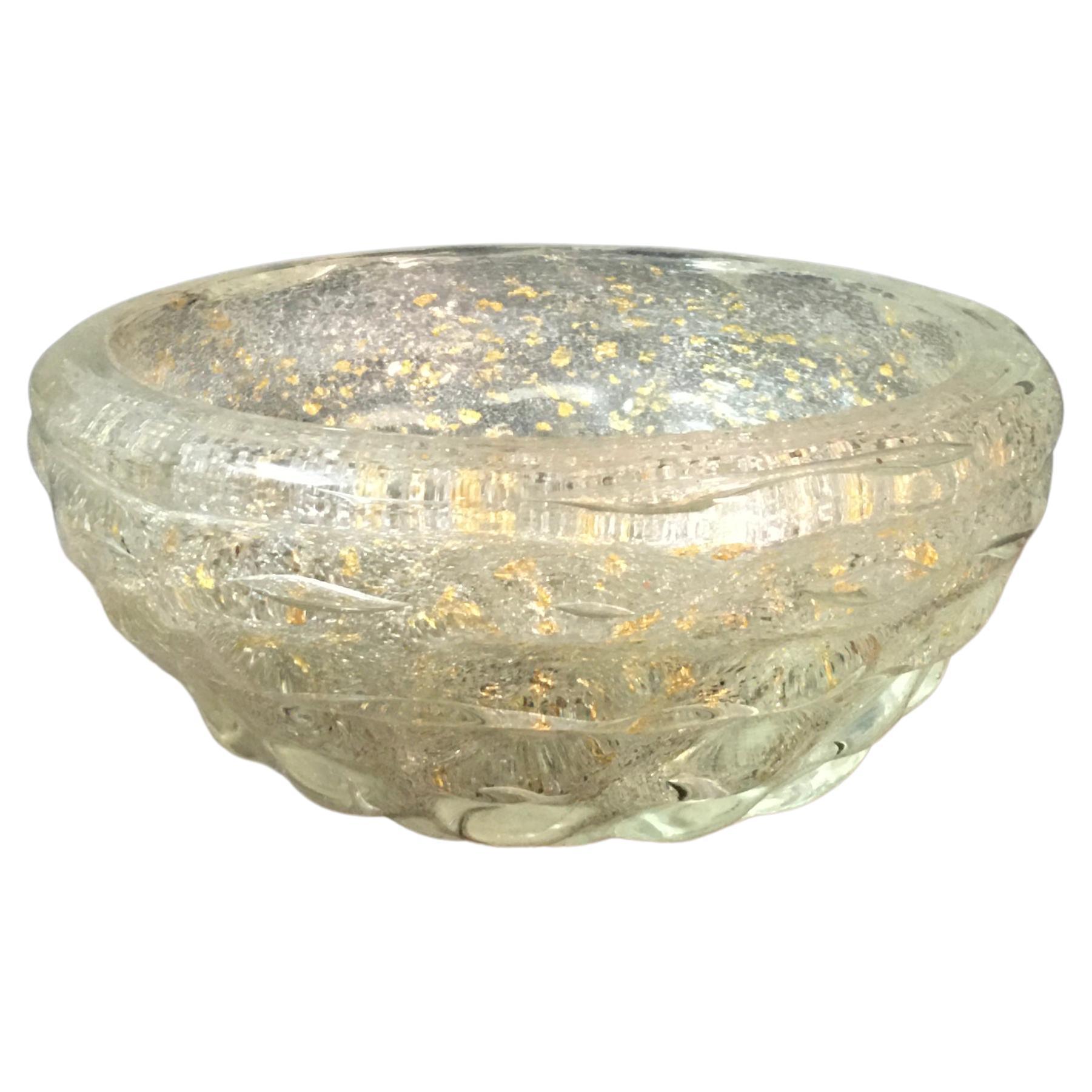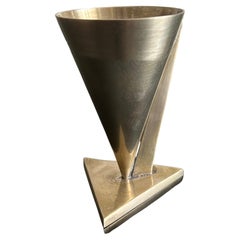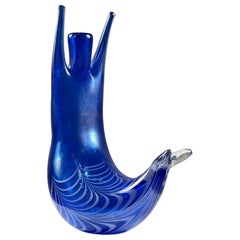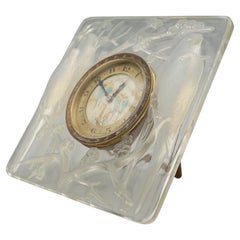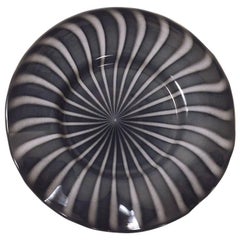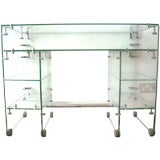
A modernist desk attributed to Rene Coulon
View Similar Items
1 of 8
A modernist desk attributed to Rene Coulon
About the Item
Authenticity Guarantee
In the unlikely event there’s an issue with an item’s authenticity, contact us within 1 year for a full refund. DetailsMoney-Back Guarantee
If your item is not as described, is damaged in transit, or does not arrive, contact us within 7 days for a full refund. Details24-Hour Cancellation
You have a 24-hour grace period in which to reconsider your purchase, with no questions asked.Vetted Professional Sellers
Our world-class sellers must adhere to strict standards for service and quality, maintaining the integrity of our listings.Price-Match Guarantee
If you find that a seller listed the same item for a lower price elsewhere, we’ll match it.Trusted Global Delivery
Our best-in-class carrier network provides specialized shipping options worldwide, including custom delivery.You May Also Like
cocktail cup attributed to Maison Desny
By La Maison Desny
Located in Brooklyn, NY
Rare french modernist goblet in the style of La Maison Desny
Art deco era
Category
Mid-20th Century French Art Deco Glass
Materials
Silver Plate
Attributed to Fulvio Bianconi, Sirena vase
By Fulvio Bianconi
Located in SAINT-OUEN-SUR-SEINE, FR
Sirena a rete vase, model 4201, attributed to Fulvio Bianconi for Venini, Murano, Italy circa 1950.
Iridized blown glass with lattimo decoration.
The vase is not signed but I guarant...
Category
Vintage 1950s Italian Other Glass
Materials
Murano Glass
'Inséparables' An Art Deco Desk Clock by René Lalique
By René Lalique
Located in Forest Row, East Sussex
Inséparables, an Art Deco glass clock by Rene Lalique (1860-1945). Moulded in relief with two pairs of opalescent blue lovebirds seated on prunus blossom. Hand painted enamel clock f...
Category
Vintage 1930s Art Deco Glass
Materials
Glass
Massive Murano Platter Centerpiece Bowl Attributed to Barbini
By Alfredo Barbini
Located in New York, NY
This impressive Murano glass plate exhibits all the hallmarks of Alfredo Barbini, however it is unsigned.
The top surface is grey and white strips, the underside is white, with a ...
Category
Vintage 1960s Italian Mid-Century Modern Glass
Materials
Art Glass
Large Scavo Vase Attributed to Rigattieri for Seguso
By Scavo Corroso, Vittorio Rigattieri
Located in New York, NY
Scavo, Corroso bottle of Classical Roman form, produced in the 1980s by Seguso. This example is in perfect condition, unsigned.
Category
Late 20th Century Italian Classical Roman Vases
Materials
Art Glass
Jar Murano, 1930, Italian. Attributed to Carlo Scarpa
By Carlo Scarpa
Located in Ciudad Autónoma Buenos Aires, C
Murano
Attributed to Carlo Scarpa
Carlo Scarpa
Scarpa was born in Venice. Much of his early childhood was spent in Vicenza, where his family relocated when he was 2 years old. After his mother's death when he was 13, he moved with his father and brother back to Venice. Carlo attended the Academy of Fine Arts where he focused on architectural studies. Graduated from the Accademia in Venice, with the title of Professor of Architecture, he apprenticed with the architect Francesco Rinaldo. Scarpa married Rinaldo's niece, Nini Lazzari (Onorina Lazzari).
However, Scarpa refused to sit the pro forma professional exam administered by the Italian Government after World War II. As a consequence, he was not permitted to practice architecture without associating with an architect. Hence, those who worked with him, his clients, associates, craftspersons, called him "Professor", rather than "architect".
His architecture is deeply sensitive to the changes of time, from seasons to history, rooted in a sensuous material imagination. He was Mario Botta's thesis adviser along with Giuseppe Mazzariol; the latter was the Director of the Fondazione Querini Stampalia when Scarpa completed his renovation and garden for that institution. Scarpa taught drawing and Interior Decoration at the "Istituto universitario di architettura di Venezia" from the late 1940s until his death. While most of his built work is located in the Veneto, he made designs of landscapes, gardens, and buildings, for other regions of Italy as well as Canada, the United States, Saudi Arabia, France and Switzerland. His name has 11 letters and this is used repeatedly in his architecture.
One of his last projects, the Villa Palazzetto in Monselice, left incomplete at the time of his death, was altered in October 2006 by his son Tobia. This work is one of Scarpa's most ambitious landscape and garden projects, the Brion Sanctuary notwithstanding. It was executed for Aldo Businaro, the representative for Cassina who is responsible for Scarpa's first trip to Japan. Aldo Businaro died in August 2006, a few months before the completion of the new stair at the Villa Palazzetto, built to commemorate Scarpa's centenary.
In 1978, while in Sendai, Japan, Scarpa died after falling down a flight of concrete stairs. He survived for ten days in a hospital before succumbing to the injuries of his fall. He is buried standing up and wrapped in linen sheets in the style of a medieval knight, in an isolated exterior corner of his L-shaped Brion Cemetery at San Vito d'Altivole in the Veneto.
In 1984, the Italian composer Luigi Nono...
Category
Vintage 1930s Italian Art Deco Glass
Materials
Murano Glass
Recently Viewed
View AllMore Ways To Browse
Rene Coulon
Wegner Ch110 Desk
1900 Oak School Desk
Arne Vodder Boomerang Desk
Arne Vodder Boomerang
Birds Eye Bureau
Boomerang Desk Maurice Calka
Calka Boomerang
Danish Magic Box Desk
Drexel Oxford Square
Drexel Oxford
Dutch Slant Front Desk
Eastlake Antique Secretary Desk
Eastlake Secretary Desk
Eastlake Secretary
Eastlake Writing Desk
Edwardian Roll Top Desk
Finn Juhl Technocrat
